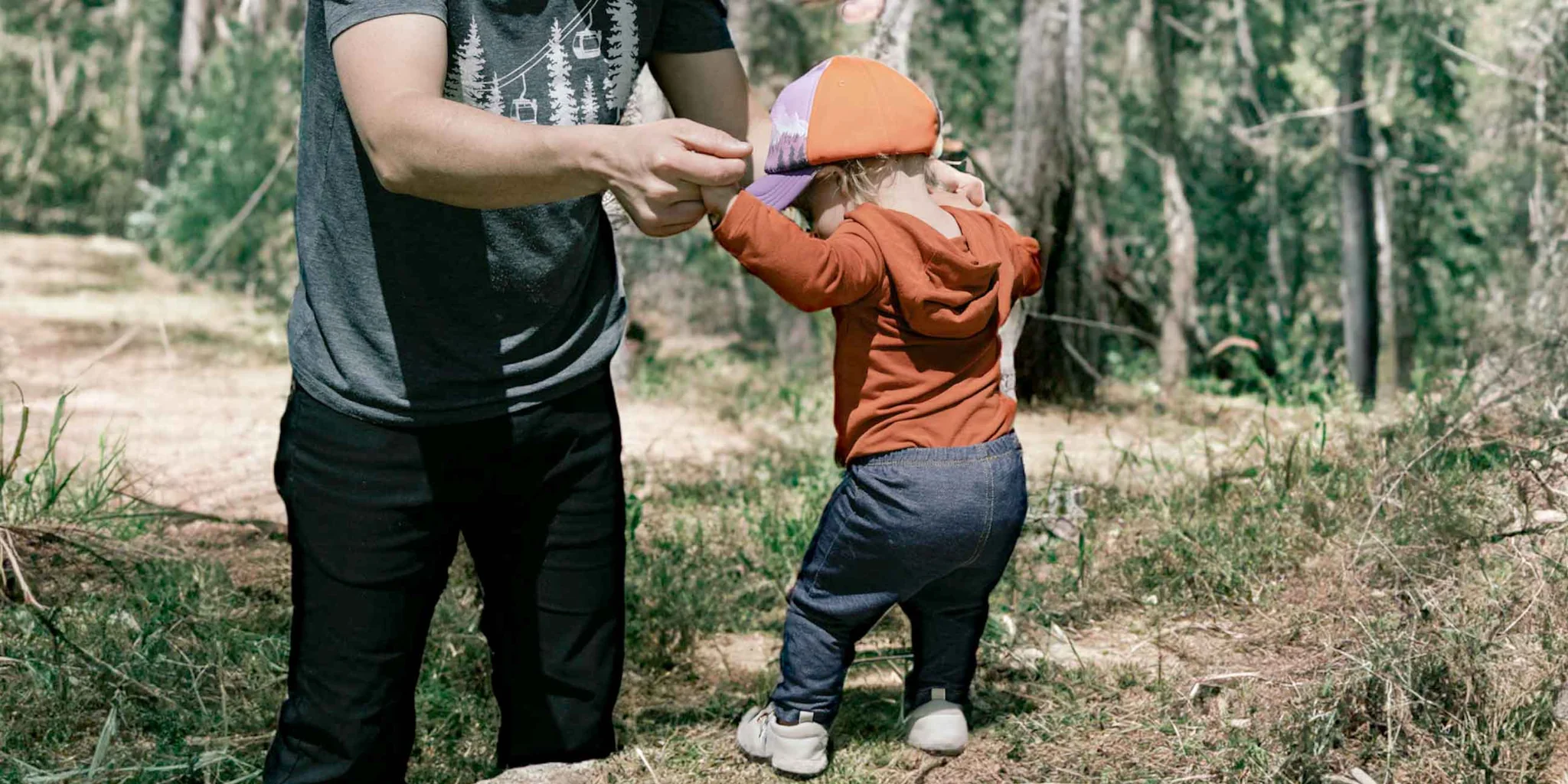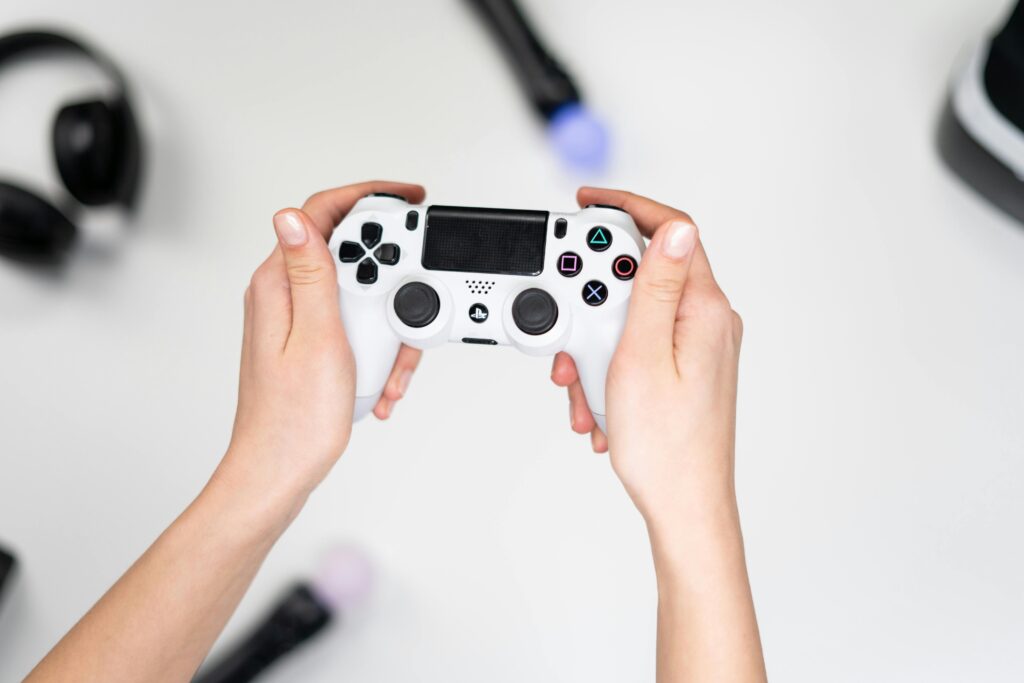Welcoming a new baby into the world is both joyous and overwhelming. Among the many decisions new parents face, choosing the right diaper can feel surprisingly big—especially when you want the best for your baby and the planet. As sustainability becomes a growing priority for families, “green” diapers are stepping into the spotlight. But amidst eco claims and buzzwords, should you go for cloth diapers or biodegradable disposables? Let’s unravel the facts and find the best sustainable diaper solution for your unique family.
Why Sustainable Diapers Matter
Modern parents aren’t just looking for comfort and convenience; they also want to reduce their eco-footprint. Conventional disposable diapers can take up to 500 years to decompose in a landfill, making them major contributors to landfill waste. With billions of diapers tossed each year, the environmental impact is massive.
By choosing sustainable diapers, you help limit landfill waste, conserve resources, and protect your baby from potentially harmful chemicals. The shift to eco-friendlier choices is about health, ethics, and leaving a cleaner planet for the next generation.
Unpacking the Options: Cloth vs. Biodegradable Diapers
Sustainable diapers usually fall into two main categories: reusable cloth and single-use biodegradable diapers. Each comes with distinct advantages, drawbacks, and green credentials.
Cloth Diapers: Tried, True, and Timeless
Cloth diapers have a long history. Today’s modern options are much more advanced than old-fashioned cloths and pins. They’re now designed for ease, leak protection, and comfort—sometimes with eye-catching patterns and adjustable fits.
Key Benefits of Cloth Diapers
- Reusable: The biggest win is their reusability. After washing, cloth diapers can be used hundreds of times. This dramatically reduces waste.
- Cost-Effective: Although the upfront investment is higher, reusable diapers usually save families money in the long run.
- Fewer Chemicals: Many cloth diapers are free from fragrances, gels, and plastics present in disposables.
- Gentler on Baby’s Skin: Cloth is often softer and less likely to cause irritation for most babies.
Common Challenges with Cloth Diapers
- Laundry Commitment: They require washing, drying, and storing. This can mean more water and energy use if not managed efficiently.
- On-the-Go Hassle: When you’re out and about, carrying used diapers home for cleaning is less convenient.
- Learning Curve: There’s a bit of trial and error to find the perfect fit and absorbency for your child.
Types of Cloth Diapers
- All-in-Ones (AIO): Easy to use, with absorbent layers sewn in.
- Pocket Diapers: Waterproof covers with a pocket for absorbent inserts.
- Prefolds and Flats: Traditional, budget-friendly options that require folding and separate covers.
Biodegradable Diapers: Convenience Meets Eco-Consciousness
Biodegradable or compostable diapers bridge the gap between convenience and sustainability. Made from plant-based or renewable materials, they aim to break down faster in compostable conditions, leaving behind less plastic pollution.
Key Benefits of Biodegradable Diapers
- Disposable Convenience: Just toss them after use—no washing required.
- Faster Decomposition: Designed to break down significantly quicker than traditional disposables, especially in industrial composting facilities.
- Fewer Harmful Chemicals: Most brands avoid chlorine, latex, and synthetic fragrances.
- Lower Carbon Footprint: Many use responsibly sourced materials.
Potential Drawbacks
- Composting Requirements: For truly green results, these diapers need to be composted properly, which isn’t always possible with regular trash pickup.
- Higher Ongoing Cost: Biodegradable options usually cost more per diaper than regular disposables.
- Not All Are Created Equal: Some brands contain a mix of biodegradable and non-biodegradable parts. Always check ingredient transparency.
Environmental Impact: Cloth vs. Biodegradable
Comparing the two options isn’t as simple as “cloth equals green, disposables are bad.” Both have pros and cons depending on how they’re used.
Cloth Diapers: Lifecycle Considerations
The main ecological win with cloth diapers lies in their reusability. Over time, the fewer resources you use per diaper change, the better. However, their green credentials can dip if they’re washed with lots of hot water, harsh detergents, or clothes dryers.
Energy and Water Use Tips:
- Wash in full loads with cold or warm water.
- Air-dry whenever possible.
- Choose biodegradable detergents.
Biodegradable Diapers: Fact vs. Fiction
Biodegradable diapers are appealing for their reduced plastic and faster breakdown when composted. But if they end up in landfills—where the conditions are not ideal for composting—they may decompose slower than advertised. Still, they generally perform better than conventional diapers, especially when properly composted at commercial facilities.
Health & Safety: What Touches Your Baby’s Skin
Both cloth and biodegradable diapers focus on safer, gentler ingredients. As a parent, it’s comforting to know your diaper of choice can be free of:
- Harsh chemicals like chlorine
- Artificial fragrances
- Harmful dyes
Cloth diapers generally offer transparency—you control what they’re washed with. Biodegradable diapers often come with a list of the plant-based materials used, and legitimate brands go further by offering third-party certifications for safety and eco-claims.
Ease of Use and Lifestyle Fit
Cloth Diapers
Perfect for families who are home most of the time or have access to easy laundry facilities. They require a commitment to regular washing and a bit of enthusiasm for routine.
Biodegradable Diapers
Ideal for families looking for convenience or those who travel often. They’re also a practical backup for cloth-diapering families when outside the home, or when sick days call for less laundry.
Cost Comparison: Short-Term vs. Long-Term Savings
Let’s compare lifetime costs for a typical baby’s diapering years:
- Cloth Diapers: Higher upfront cost ($300–$600 for a full stash), lower ongoing expenses. Extra costs for water, detergent, and electricity, but still cheaper over time.
- Biodegradable Diapers: Ongoing cost of $0.25–$0.60 per diaper. With average use (6–10 diapers/day), yearly spending can reach $800–$1700 or more, depending on the brand and retailer.
Choosing cloth can save families hundreds or even thousands of dollars over two to three years. But many parents find the convenience of disposables—especially the eco-kind—worth the price.
How to Choose: Key Factors to Consider
Ask yourself the following before deciding:
- Does my home have access to laundry facilities?
- Am I comfortable with extra laundry work?
- How important is cost savings vs. convenience?
- Is a composting facility available for biodegradable diaper disposal?
- Do I want to use a combination of both (e.g., cloth at home, biodegradable when out)?
Many eco-minded parents opt for a hybrid approach, getting the best of both worlds based on their needs and schedule.
Top Sustainable Diaper Brands to Explore
While specific brands change frequently, here are popular leaders in the sustainable diaper scene:
| Brand | Type | Notable Features |
|---|---|---|
| GroVia | Cloth | Reusable modern cloth system, adjustable sizing |
| BumGenius | Cloth | Durable, highly rated, various styles |
| Esembly | Cloth | Cloth, simple, organic, leak protection |
| Dyper | Biodegradable | Bamboo fibers, compost at home/industrial |
| Andy Pandy | Biodegradable | Bamboo, hypoallergenic, eco-packaging |
| Eco by Naty | Biodegradable | Plant-based, chemical-free, widely available |
Check the packaging for certifications, such as OEKO-TEX, GOTS, or compostable seals, for even more confidence in your choice.
Final Verdict: Which is the Best Sustainable Diaper?
There’s no universal answer. The best sustainable diaper is the one that fits your family’s lifestyle, values, and baby’s unique needs. Cloth diapers shine for low waste and long-term savings if you can commit to washing. Biodegradable diapers lead for convenience and are a meaningful improvement over conventional options, especially when composted properly.
Whichever route you choose, you’re already making a positive choice for the environment by considering sustainability in your diapering journey.
Call to Action
Ready to start your sustainable parenting journey? Take a moment to reflect on your family’s daily routine, priorities, and what level of green commitment works for you. Whether you choose cloth, biodegradable, or a mix of both, know that every eco-friendly swap brings us closer to a healthier planet for our children. Share your diapering success—or woes!—in the comments and help inspire other parents making the switch. Every small step counts!






